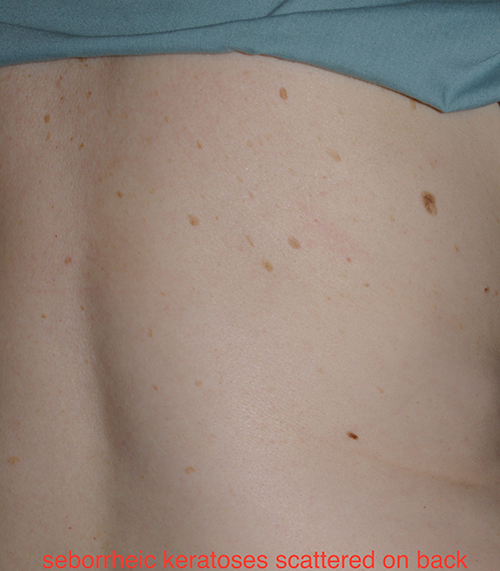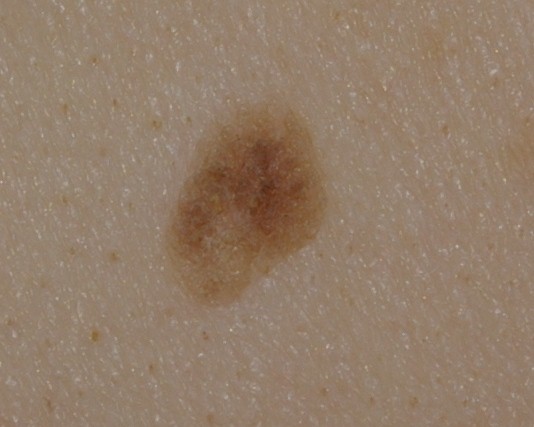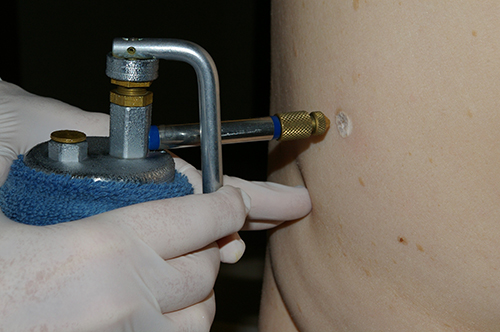Have you noticed spots forming on your skin? Some are flat and brown, while others feel rough and sometimes itch. Some are pink and others look grey or even black. Some look like warts.

Congratulations, your skin is informing you that you are officially over 50. One of my patient’s calls them her “old lady spots”. The official term is a seborrheic keratosis (seb-o-REE-ik ker-uh-TOE-sis) commonly abbreviated as an ‘SK’.
The most common skin growth associated with aging
Seborrheic keratoses are noncancerous growths found on every part of the body including the face. Everyone over 50 has at least one, and will continue to develop more over the rest of their life. Some have dozens of them and others may only have a few. No one knows why we get them with age or what causes them.
They are not dangerous and will not turn in to skin cancer, although they can sometimes look like skin cancer. A Dermatologist can usually tell the difference but if in doubt will perform a biopsy to confirm. They can itch and get rubbed by clothing or jewelry. Scratching or rubbing may cause them to bleed or scab. Sometimes the top will fall off and it will appear gone. Most people just do not like they way they look.

Can Seborrheic Keratoses be Removed or Prevented?
Seborrheic Keratoses can not be prevented. The most common way to remove them is to freeze them off with liquid nitrogen. This procedure is called cryosurgery and is performed by a Dermatologist. The liquid nitrogen is sprayed on the SK. This procedure burns and stings but the pain is short lived. The SK will turn red and swell over several days, it will then form a scab and fall off. The healing time depends on the location of the SK. If it is on the face, it will only take about one week to heal. If it is on arms, hands or trunk, it takes about two to four weeks to heal. If they are on the legs it can take four to eight weeks to heal.
They’re Back!
Here is the problem: They can grow back! And new ones continue to crop up. Therefore, it is impractical and unrealistic to expect all of them to be removed, especially all of them on the trunk and legs. I am mainly removing them from the face for cosmetic reasons and patients who are prone to them will come in every few years to have them treated.

The fall and winter is a good time to treat them on the body since they do look worst before looking better and it takes time to heal. Since we are wearing turtle necks, long sleeves and pants in winter, the wounds from freezing can be covered up while healing.
So, don’t despair over Seborrheic Keratoses, everyone gets them and it is just a normal part of aging. As my patients like to say, growing older and learning to deal with the process beats the alternative! Who knows, maybe a year from now I will be able to tell you about a new cream or pill that makes them disappear but until then stay informed and be your best!
